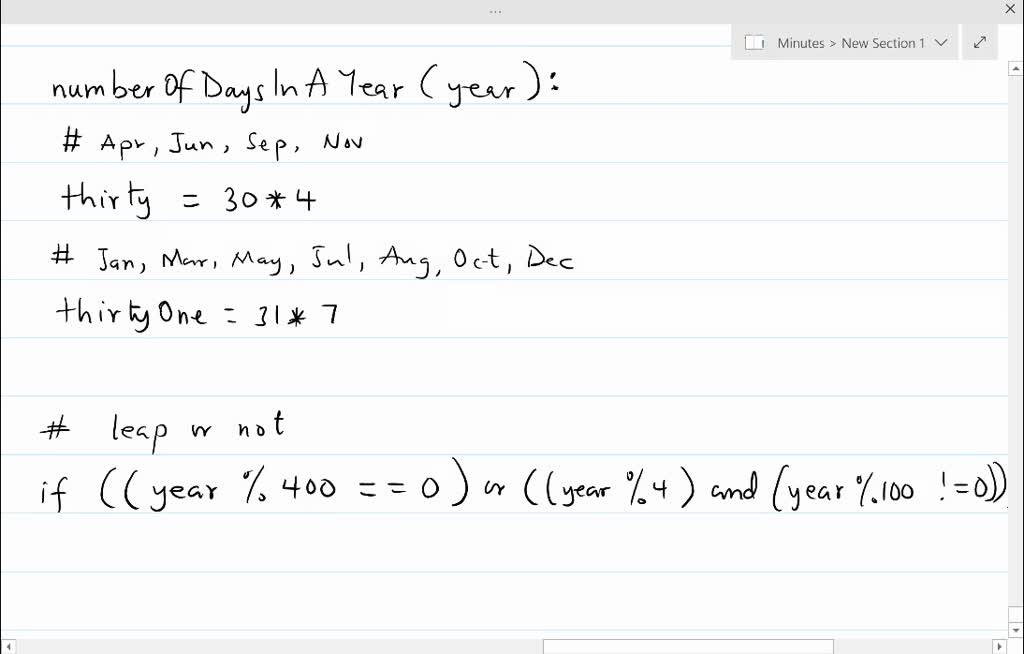Every year, Christians around the world eagerly await Easter, a celebration of the resurrection of Jesus Christ. However, the date of this significant event varies from year to year, leading to curiosity about the mechanisms and philosophies that determine when Easter is celebrated. The underlying formula is steeped in both ancient tradition and celestial mechanics, a fascinating convergence of faith and science.
To understand how Easter’s date is established, one must first delve into its foundational principles. The formula used is derived from the Council of Nicaea, convened in 325 AD, where it was decreed that Easter would be celebrated on the first Sunday following the first full moon after the vernal equinox. The vernal equinox occurs around March 21, marking the beginning of spring in the Northern Hemisphere. This alignment with astronomical events illustrates the intent to connect the resurrection of Christ with the renewal of life that spring symbolizes.
Although the principles may seem straightforward, the implications are complex. The Church employs a lunisolar calendar—an amalgamation of both lunar cycles and solar years. Easter’s variability reflects the interplay of solar and lunar calendars. The lunar calendar, which dictates the phases of the moon, helps to determine the date of Passover, a critical element because the Last Supper, which precedes the crucifixion, was a Passover meal. Each year, this connection emphasizes the intertwining of these historical events, rooting Easter deeply within Jewish tradition while celebrating its significance in Christianity.
The formula for determining Easter’s date can seem bewildering at first glance. The calculations hinge upon two primary components: the ecclesiastical approximation of the March equinox and the paschal full moon. An ecclesiastical approximation is a technique employed to simplify the lunar calculations, allowing the Church to maintain a consistent framework without adhering to the inherent complexities and variabilities of astronomical observations.
Accordingly, Easter can fall anywhere between March 22 and April 25. This variability invites a rich tapestry of cultural practices and perceptions surrounding Easter Sunday, including diverse customs that have arisen around the globe. Moreover, variations exist between the Eastern Orthodox Church and Western Christianity, creating a distinction in the observance of this holy day. The Eastern Orthodox Church typically employs the Julian calendar, which is currently 13 days behind the Gregorian calendar used in the West. Consequently, Easter may be celebrated on different dates, highlighting the diversity within Christianity itself.
The Methodology of Calculation: Simplifying the Astronomical Complexity
The methodology of calculating Easter is often simplified into the so-called “computus” process, a term derived from the Latin word for calculation. The computus is a highly structured algorithm that determines the date of Easter, ensuring that it is both scripturally relevant and astronomically accurate. This calculation is not merely mathematical; it encompasses theological implications regarding the resurrection, serving as a reminder of Christ’s triumph over death and sin.
A key element in this computation lies in the determination of the paschal full moon, which is defined ecclesiastically rather than astronomically. This is vital as the paschal full moon is the first full moon following the vernal equinox. The Church relies on a fixed date of March 21 for the vernal equinox, despite the actual date sometimes fluctuating. The relationship between the ecclesiastical and astronomical calendars elicits contemplation on the nature of truth in religious observances; a paradox exists between the search for exactitude and the acceptance of established tradition.
Holistic Interpretations: The Significance of Easter’s Timing
The timing of Easter extends beyond mere calculations; it evokes deep reflections on the essence of the Christian faith. The symbolic rejuvenation of nature in spring reflects the themes of resurrection and rebirth embodied in the resurrection of Christ. As life reemerges in nature, so too does the promise of eternal life offered through faith. This cyclical pattern of dying and rising invites believers to engage in a meditation on their own spiritual journeys and the concept of hope that transcends mortality.
Moreover, the connection of Easter’s timing to the Jewish Passover encourages Christians to honor the roots of their faith. It serves as a poignant reminder of the continuity and evolution of religious practices, bridging the gap between the Old and New Testaments. This observance can be an avenue for understanding and dialogue, fostering inclusivity and acknowledging the shared heritage of Abrahamic faiths.
Ultimately, the determination of Easter’s date challenges believers to contemplate broader themes—a purposeful convergence between celestial cycles and theological tenets. The intricate relationship between date calculation and the experience of faith encapsulates the human endeavor to connect the divine with the temporal. The formula for determining Easter is much more than a mere mathematical computation; it represents a profound intersection of history, tradition, and communal identity within the Christian faith.
As celebrations unfold each year on Easter Sunday, believers are reminded of the enduring promise that lies at the heart of Christianity: renewal, hope, and the assurance of life everlasting. The way in which Easter is determined invites continuous reflection, leaving an indelible mark on the devotional lives of millions. Every date chosen brings forth an opportunity for renewal, both in nature and in faith, reflecting the beauty of divine providence woven into the fabric of time itself.



